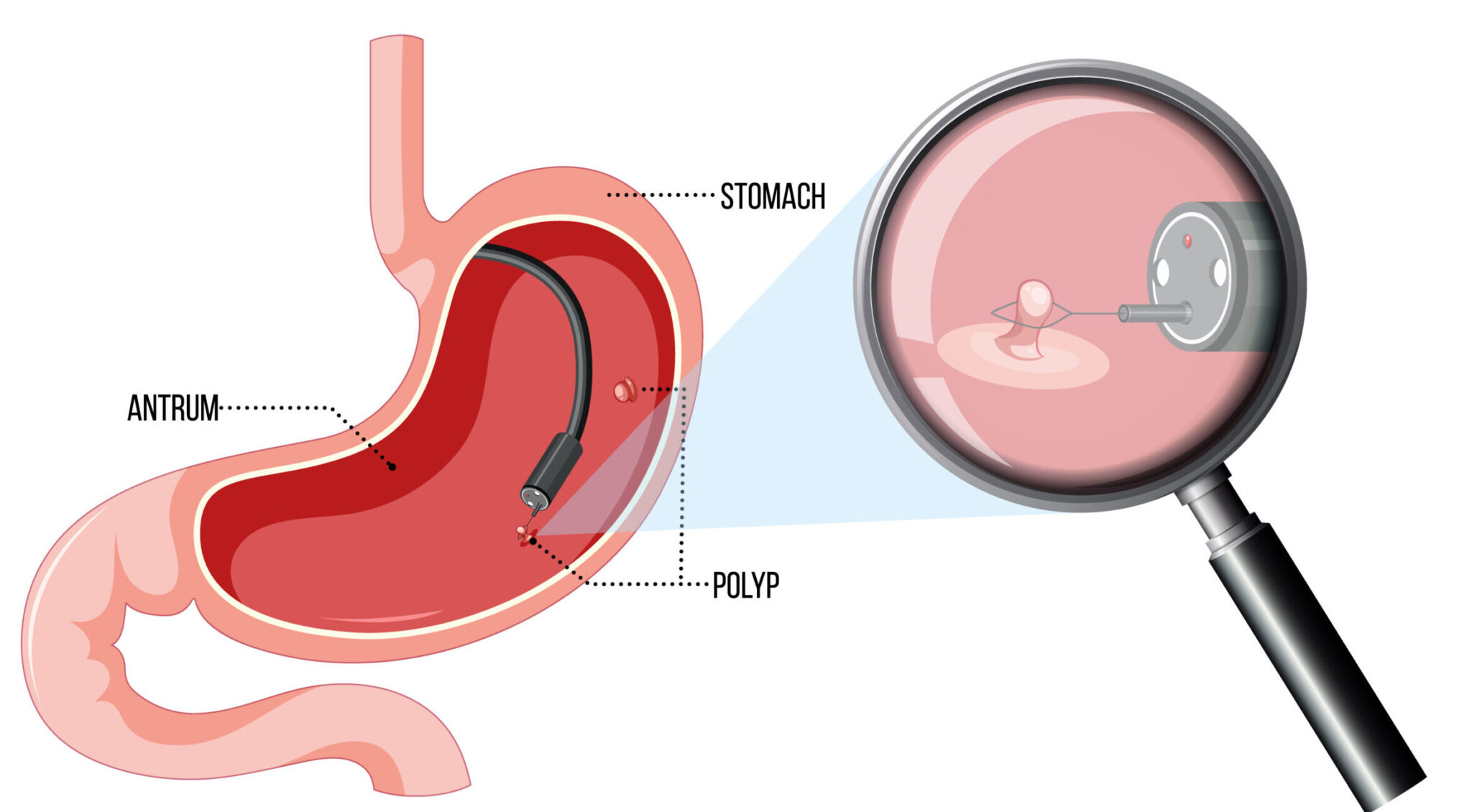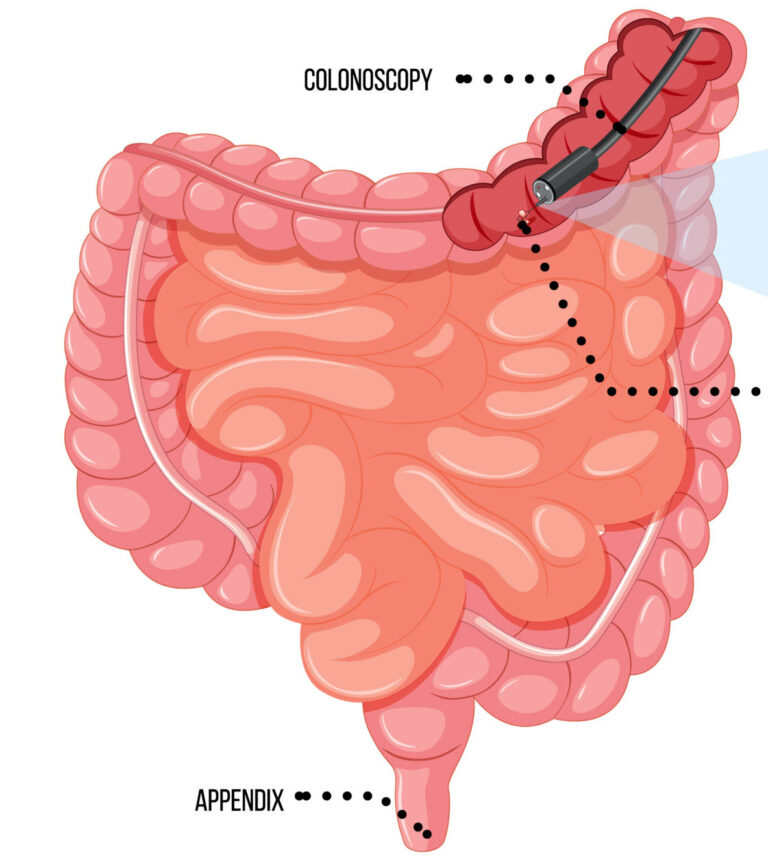COLONOSCOPY
What is Colonoscopy
Are you doubtful of the differences between a virtual colonoscopy and colonoscopy? Just check out By developing a good understanding of colonoscopy related medical procedures, you can get a better idea of the way you can take to help stay healthy and potentially minimize pitfalls associated with colon and bowel conditions.
For case, occasionally cases suffer virtual colonoscopy or sigmoidoscopy as opposed to a conventional colonoscopy.
There are a number of affiliated medical procedures that can help limit the threat of colorectal cancer or other medical conditions. By getting regular colonoscopy procedures you may be suitable to remove cysts from your colon which can also be biopsied or screened for cancer. There are also screening tests similar as a fecal occult blood test or fecal immunochemical test which can be used to diagnose more specific health problems related to the colon or intestine.Are you doubtful of the differences between a virtual colonoscopy and colonoscopy? Just check out information about the most common colonoscopy related procedures. By developing a good understanding of colonoscopy related medical procedures, you can get a better idea of the way you can take to help stay healthy and potentially minimize pitfalls associated with colon and bowel conditions.
What Happens During COLONOSCOPY?
The colonoscopy is performed by a doctor experienced in the procedure and lasts approximately 30-60 minutes. You will be asked to lie on your left side on the examining table. During a colonoscopy the doctor uses a colonoscope, a long, flexible, tubular instrument about 1/2-inch in diameter that transmits an image of the lining of the colon so the doctor can examine it for any abnormalities. The colonoscope is inserted through the rectum and advanced to the other end of the large intestine. The scope bends, so the doctor can move it around the curves of your colon. You may be asked to change position occasionally to help the doctor move the scope. The scope also blows air into your colon, which expands the colon and helps the doctor see more clearly. You may feel mild cramping during the procedure. You can reduce the cramping by taking several slow, deep breaths during the procedure. When the doctor has finished, the colonoscope is slowly withdrawn while the lining of your bowel is carefully examined. During the colonoscopy, if the doctor sees something that may be abnormal, small amounts of tissue can be removed for analysis (called a biopsy), and abnormal growths, or polyps, can be identified and removed. In many cases, colonoscopy allows accurate diagnosis and treatment without the need for a major operation.

